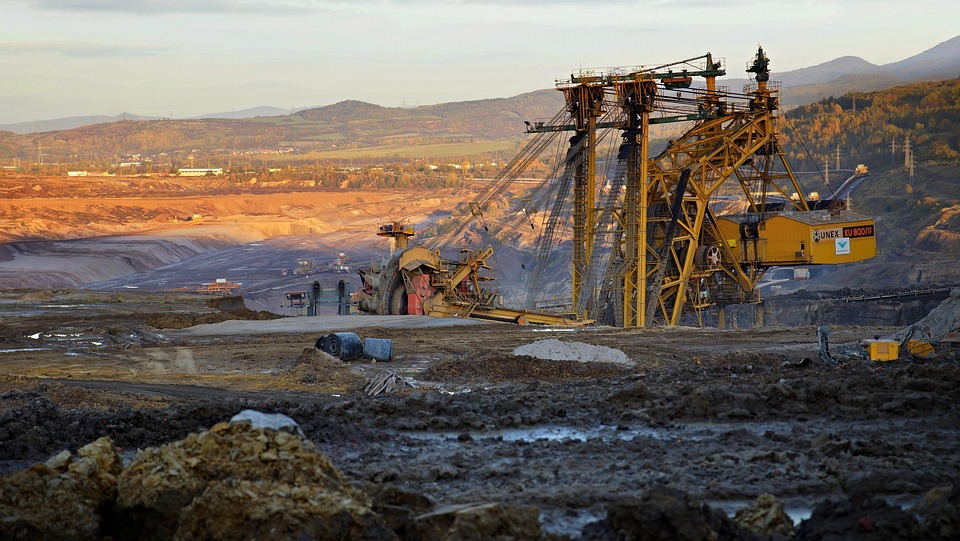Is Cryptocurrency Coal-Killing Climate Efforts?
The world is in the midst of a climate crisis, with rising temperatures and devastating natural disasters becoming more frequent and intense. In an effort to combat this crisis, many countries have set ambitious targets to reduce greenhouse gas emissions and transition to renewable energy sources. However, a growing concern is that the rise of cryptocurrency is threatening to undermine these efforts, particularly in countries that rely heavily on coal-fired power plants.
The Energy Consumption Conundrum
Cryptocurrency mining, the process of verifying transactions and creating new units of digital currency, is an energy-intensive activity. The computational power required to solve complex mathematical equations and secure the blockchain, the underlying technology behind cryptocurrency, is immense. As a result, cryptocurrency mining consumes significant amounts of electricity, often generated by coal-fired power plants.
According to a report by the Cambridge Centre for Alternative Finance, the energy consumption of cryptocurrency mining is estimated to be around 73 TWh, which is roughly equivalent to the energy consumption of a small country like Belgium. Moreover, a significant portion of this energy is generated by coal-fired power plants, which are a major source of greenhouse gas emissions.
The Impact on Climate Efforts
The growing energy consumption of cryptocurrency mining is having a devastating impact on climate efforts. In countries like China, where cryptocurrency mining is a significant industry, the energy consumption of mining is contributing to increased greenhouse gas emissions and air pollution. In fact, a report by the Energy Research Institute of the National Development and Reform Commission of China estimates that cryptocurrency mining in the country consumes around 2.4 billion kWh of electricity per year, which is equivalent to the energy consumption of around 200,000 homes.
Furthermore, the increased demand for electricity to power cryptocurrency mining is putting pressure on the grid, leading to brownouts and blackouts. This is particularly concerning in countries where the grid is already struggling to meet the demands of a growing population.
The Coal-Killing Effect
The energy consumption of cryptocurrency mining is not only contributing to increased greenhouse gas emissions but also threatening to kill off coal-fired power plants in the process. In countries like the United States, where coal-fired power plants are already struggling to compete with cheaper natural gas and renewable energy sources, the increased demand for electricity to power cryptocurrency mining is putting additional pressure on the grid.
As a result, some coal-fired power plants are being forced to shut down, which is a positive development for the environment. However, the energy consumption of cryptocurrency mining is also leading to increased demand for electricity from other sources, including natural gas and even coal-fired power plants.
The Need for Sustainable Solutions
The rise of cryptocurrency is not necessarily a bad thing, but it is crucial that the industry finds sustainable solutions to its energy consumption problem. Some potential solutions include:
- Renewable Energy: Cryptocurrency miners can transition to renewable energy sources, such as solar and wind power, to reduce their carbon footprint.
- Energy-Efficient Mining: Miners can use energy-efficient mining equipment and optimize their operations to reduce energy consumption.
- Carbon Offset: Miners can offset their carbon emissions by investing in renewable energy projects or carbon capture and storage technologies.
Conclusion
The rise of cryptocurrency is a significant threat to climate efforts, particularly in countries that rely heavily on coal-fired power plants. The energy consumption of cryptocurrency mining is not only contributing to increased greenhouse gas emissions but also threatening to kill off coal-fired power plants in the process. It is crucial that the cryptocurrency industry finds sustainable solutions to its energy consumption problem to avoid undermining climate efforts.

